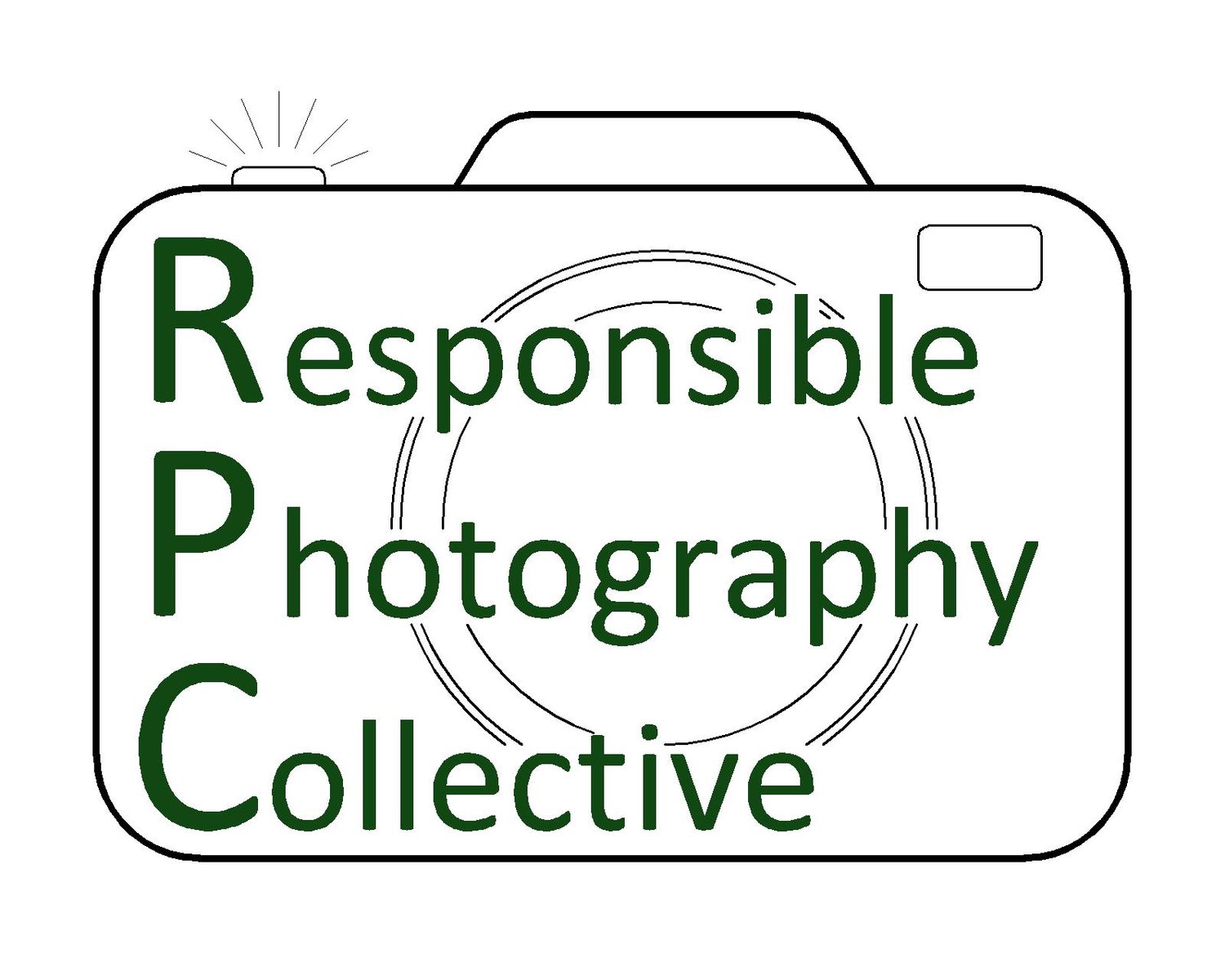The Sustainable Camera Buyer
Feb 28 Written By Angela Maloney
Thinking Sustainably
“Reduce. Reuse. Recycle.” This is a common three-word summary of strategies used to promote sustainability. The three words are arranged in descending order of effectiveness. Bearing these three strategies in mind when purchasing can help anyone move our world in a more sustainable direction.
To “reduce” means to think twice and avoid unnecessary consumption. If there is no need for a product, then it will not be made. If it is never made, it will not consume resources, produce pollution, or have any other negative impact on the Earth.
To “reuse” something means to make use of it for the same or another purpose. That way, while one item has been made, the need to make others is reduced, thereby reducing the impact on the earth. Refilling a water bottle and drinking from it again instead of buying another one is an example of reuse.
To “recycle” is to take something and use it to make some other useful object. While many people and companies are proud of their efforts to recycle, this is actually the least effective of the three means to improve sustainability because the remanufacturing process still uses fuel and other resources while producing pollution.
A mine operated here from 1889 to 1920. Reclamation began in 1995. It only partly succeeded. The foreground shows a marker indicating a mine shaft was sealed here. In the background, grassy areas where no trees will grow show where tailings from the mill are buried. The nearby creek is still acidic. This is the type of damage that can be done when sustainability is not a consideration. And it shows how difficult repairing the damage can be. Reducing, reusing, and recycling allow us to reduce the number of spoiled places.
Photography Produces E-Waste
Although awareness of e-waste is growing, few photographers are discussing how they can promote sustainability among themselves by reducing, reusing, and recycling.
Photography equipment is, however, a form of e-waste when it is thrown out. Like many of the items we use daily, cameras are made partly of plastic. Plastic is made from fossil fuels and is responsible for severe impacts on people and animals around the world. The impact of photography on the environment is surprisingly large.
Apart from plastic, various toxic substances are used in camera manufacture. This ranges from the same heavy metals common to all electronics to irritants like magnesium fluoride that are widely used in lens coatings for optical glass.
All photographers can help reduce the environmental impact of photography by reducing, reusing, and recycling. But how would that work for photographers?
Buying Sustainably
Photographers can reduce their use of cameras containing problematic materials by holding onto their gear for longer. Seldom is it really necessary to upgrade gear with every new generation of camera. If you are hoping that a new camera will improve your photography, unfortunately, it won’t. The path to improvement lies in developing skills, not buying new gear. So, hold onto the old camera. You might even find it does some things better than newer models.
My Sony a7R III. This model was released in 2017. It’s still my favorite performer in low light.
Of course, a day will come when the old camera breaks or, for some other reason, an upgrade is truly necessary. In that case, we can reuse cameras by choosing to buy used gear. Local camera shops—for people who have them—are the ideal place for that because buying local reduces the need to burn fossil fuels by transporting goods. Those who do not have local camera shops can still purchase from reputable retailers of used camera gear like MPB, KEH, Used Photo Pro, and others.
As you upgrade, don’t forget to let someone else reuse your old gear. Do that by selling it to your local camera shop or any of the above-mentioned retailers. It’s more sustainable than recycling, and it puts money in your pocket. That’s a win-win.
But, in some cases, it may not be possible to sell back used gear. This comes up with, for example, old bridge cameras that may not have any value to anyone. In those cases, don’t put them in the trash. Reduce the environmental harm by recycling. Many stores will recycle cameras and other electronics for free. All you have to do is walk in, hand your old gear to someone at the store, and you’re done.
But, what about buying new gear? How can photographers choose new gear that has minimal impact on the environment? Luckily, each of the major camera makers tells us what they are doing to promote sustainability. Here are those links for Canon, Fujifilm, Nikon, and Sony. Consider this information when choosing the camera you will buy.
We photographers live in an imperfect world. Like anyone else, it’s impossible for us to live without having some impact on the planet. But, by following the framework of reducing, reusing, and recycling, we can make our impact smaller. By doing that, we help reduce our environmental impact.
As individuals, it may not seem like much. But looking to the negative impact thoughtless purchasing decisions have had on our world, we can see the collective impact of people being thoughtful about purchasing would be incredible.


